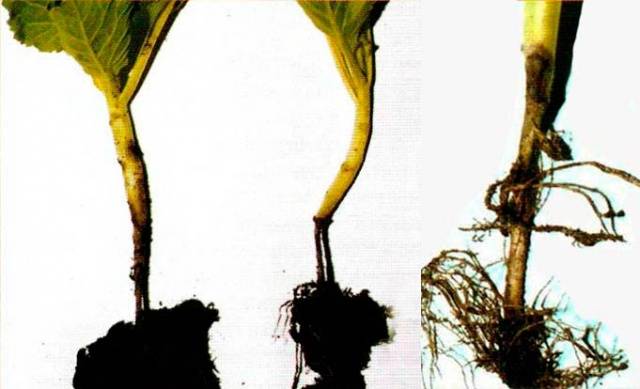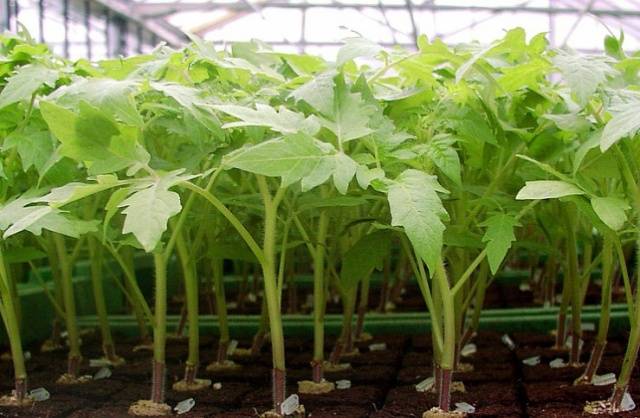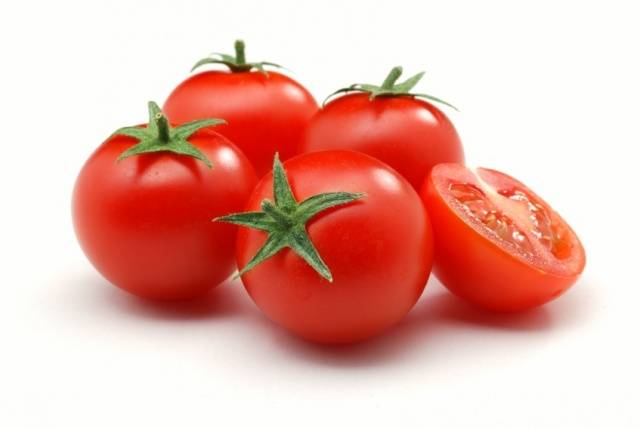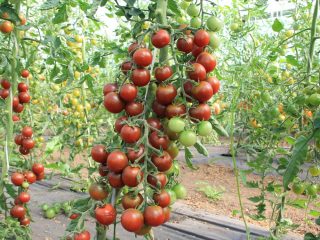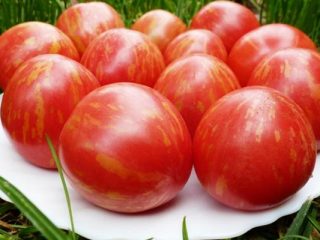Content
it seedling disease plunges into panic even experienced gardeners. In fact, it is not often possible to grow seedlings so that they are not affected by diseases. The appearance of a black leg in tomato seedlings. - one of the most unpleasant surprises (because it appears suddenly). The stems, which until recently stood vigorously, fall, as if decimated, and perish. This often happens after the seedlings are picked. The article will discuss the protection of tomato seedlings from a black leg.
Causes of the disease
If you look at the fallen stems, you will notice that near the surface of the soil they darken and become thinner, like burnt matches.
Vegetable crops are most vulnerable to this disease, which grown in a closed way, in greenhouses and hotbeds.
The cause of the disease is fungal infection of seedlings. The fungus attacks the root system. Through the roots, the disease spreads from one plant to another. In addition to tomatoes, cabbage and radish seedlings are susceptible to this ailment.
Good lighting is especially important for tomato seedlings. In order to have as much light as possible, you should place the foil behind the boxes or pots in which the seedlings are planted.
How to cure sprouts
Before starting treatment, be aware that the disease develops only in excessively acidic soils. Treating the soil with chalk, dry limestone, or wood ash helps to neutralize the soil. A remedy such as dolomite flour also helps well.
The harvest can only be saved with this approach.
True, many gardeners consider treatment to be a thankless task. Even if the plant can be saved, it lags behind in growth and bears fruit much worse. They remove not only diseased plants, but also some of the healthy ones that are nearby.
So what needs to be done?
- Disinfect the soil. For this, watering with a solution of potassium permanganate helps.
- Limit watering your plants. This is a good prevention of illness. The fungus does not develop in dry soil. This means that there is a chance to preserve the harvest.
- Cover the diseased seedlings with wood ash or powdered charcoal.
- You can also disinfect the soil with a formalin solution. In this case, it is necessary that the soil is thoroughly loosened.
Effective and complete soil replacement in the place where the seedlings were affected with disinfection of the soil around the lesion. This prevents the spread of the disease to other sprouts.
Prophylaxis
It is important to prevent the disease from the very beginning. Seed preparation is very important. It is advisable to choose varieties that are resistant to this disease. Good immunity in the "Liana" tomato variety is a combination of unpretentious care, disease resistance and good yield.
Before sowing, you need to treat the seeds with a solution of potassium permanganate (keep the grains placed in a tissue bag for 20-30 minutes in the solution). After that, you need to rinse the seeds in the same bag and dry them. A mandatory procedure is the disinfection of the container into which the disembarkation will be carried out using a solution of potassium permanganate.
If soil from the garden is used to plant seeds and cut plants, then it should be slightly warmed up before planting. Burning in an oven in old dishes is often used. It is undesirable to do this in a residential area, since when the soil is calcined, it emits a specific smell, which can hardly be called pleasant. The calcined soil should be spilled with a solution of potassium permanganate. After disinfection with a solution of potassium permanganate, it is necessary to withstand the soil for 2-3 days without planting so that the seeds do not burn out.
Proper watering helps to avoid disease. Watering too generously, and even more so, seedlings should not be poured. Increased importance can cause illness. Advice! Watering young plants with warm water.
A good preventive measure is regular loosening of the soil to ensure air access to the roots. To prevent the top layer from drying out, it can be covered with sand. Disease-affected sprouts must be removed and disposed of so that the disease does not spread to healthy plants. When planting plants in the ground, the preparation "Barrier" is added to each hole and only then the seedlings are planted.
Folk remedies against black leg
- Do not overmoisten the soil, use a spray bottle or watering can for watering seedlings.
- Do not be lazy to dive the seedlings, as this procedure contributes to the better development of the root system.
- An excess of nitrogen fertilizers is harmful to plants and can provoke the development of the disease.
- In the process of growing seedlings, humus cannot be used as a fertilizer, since the humus contains a fungus.
- Watering with onion peel solution helps to prevent blackleg and has a healing effect for diseased plants.
Preparations for blackfoot
To date, two drugs are known that destroy the fungus that causes black leg disease.
- Fundazol. A fairly effective remedy. However, its ingredients are toxic. It is not recommended to use the drug if you are growing tomatoes at home. This is especially true for families with small children and pets.
- Previkur. While it is no less effective, it is less toxic. It is used both in gardening and in the cultivation of home flowers.
These two drugs can be classified as prophylactic drugs.
Now you are fully armed against such a formidable enemy as the blackfoot. And preventive measures will allow you to reduce the risk of illness to a minimum.
